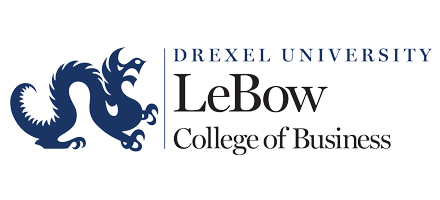
To my great surprise, I recently found an elixir for modern automobile travel: a quick route along a scenic drive. For the first time in a long time, I was able to enjoy my journey, traveling along wide-open roads, passing handsome towns and scenic rolling countryside. My family and I were traveling for our annual white-Christmas vacation in a large city in the snow belt. The ride was bucolic, relaxing and efficient. I arrived, refreshed and in a good mood, in less time than if I had been sitting on the concrete interstate in typical traffic.
My quest for this mystical drive had started a few weeks earlier. At a certain moment along a prior car trip, I had the luxury of not having to pay attention to the road for a few minutes, as the traffic was at a dead stop. “Why do the roads seem like they are more and more crowded?” I asked my beautiful wife. After a few moments of careful reflection, she insightfully replied: “Everyone uses GPS.” Her pithy comment reflected a reality that most of the cars on the road are now unmindfully following the same programmed route, steering the same course. Through GPS, so many drivers were subjecting themselves to the same program.
The cars all funnel through the same highways, using the same exits, passing through the same interchanges. The result was mass GPS-followership. Paradoxically, while the path is easier to discern, the journey is now crowded, slow and painful. And unexpectedly, after realizing this contradiction, I came to realize that the locally-established, “slower” road networks, shunned by GPS-led drivers, hold the promise of being more rapid routes, more pleasant to navigate.
In reflecting on this apparent paradox during my MBA studies, I considered another perspective about business education. Business education advertisements are everywhere, as ubiquitous as GPS. “Get your MBA part time at a location close to you” many seem to promise. It all seems so easy, so accessible, so programmed. Yet, I wonder whether those programs aren’t really like the GPS-paths. Easy to follow, dictating the specific actions and thought required, these paths to business education still promise assurances of future success. Do they deliver on their promises? Or perhaps they only lead to real-life back-ups, when the multitude of graduates with identical skills compete for the same jobs, like cars jockeying to take the same congested exit from an over-crowded highway.
At Darden, it’s never been about the easy, pre-programmed way. While it may superficially resemble other executive MBA programs, Darden’s methods truly differentiate its graduates. For example, the case method at Darden, unique among executive MBA programs, allows you to pilot your own path to understanding the materials. Using the GPS analogy, it’s part old-school, like a paper map and magnetic compass, and part high technology, like the best statistical mapping tools available. While it’s not for everyone, that’s probably the point. Those who learn how to read the terrain from many perspectives and plot a distinct course become adept at finding their own, unique and valuable solutions to business problems. Proficiently trained in a wide variety of tools and techniques, and confident in their repertoire of skills they perceive quickly when a computer is telling them, for example, to drive into a miasma of gridlock or a congestion of competition.
Steering clear of crowd-thinking, Darden graduates find themselves with the resources to effectively execute on an alternate path, like my rewarding holiday drive. While others are preoccupied, fighting the distractions while navigating their highly populated pathways, Darden graduates have the poise to chart a path to success along routes that other programs can’t even envision.
Peter Vanderloo is an in-house lawyer at a well-known tech company in the first year of the Executive MBA program at the University of Virginia’s Darden School of Business. His previous posts at Poets&Quants for Execs:
Meet Peter: He’s a Darden Student Blogging on his EMBA Journey
The Fundamental Value Proposition of an EMBA Program: Personal Transformation
Work-Life Balance in An EMBA Program? What Balance?
A Generous Gift in an MBA Experience: A Learning Team
When You’re CEO for the Day–Or Class
The Mantra at Darden: “Trust the Process”
Things I Have Learned In the Last 12 Months




